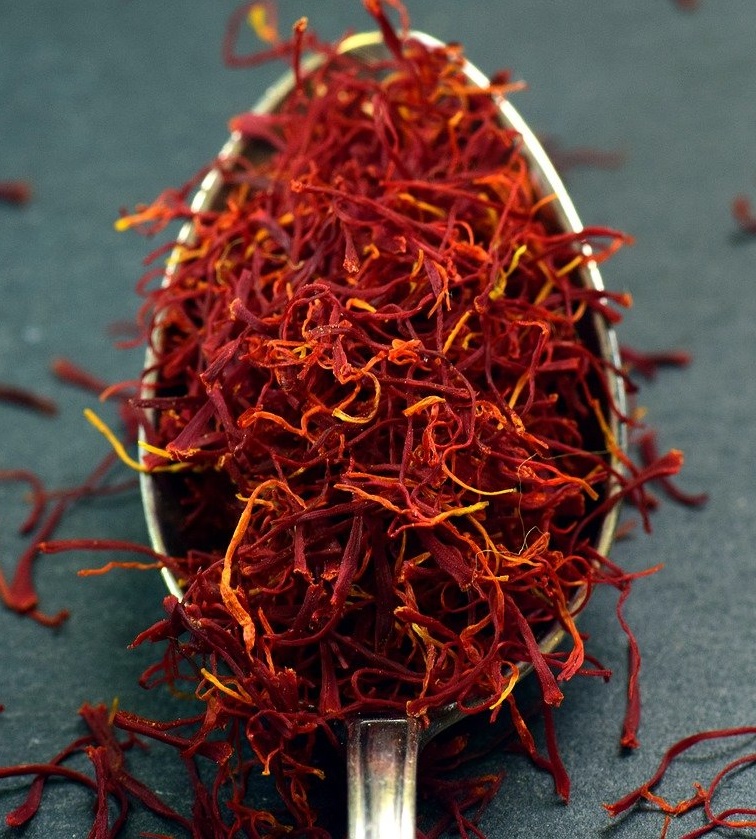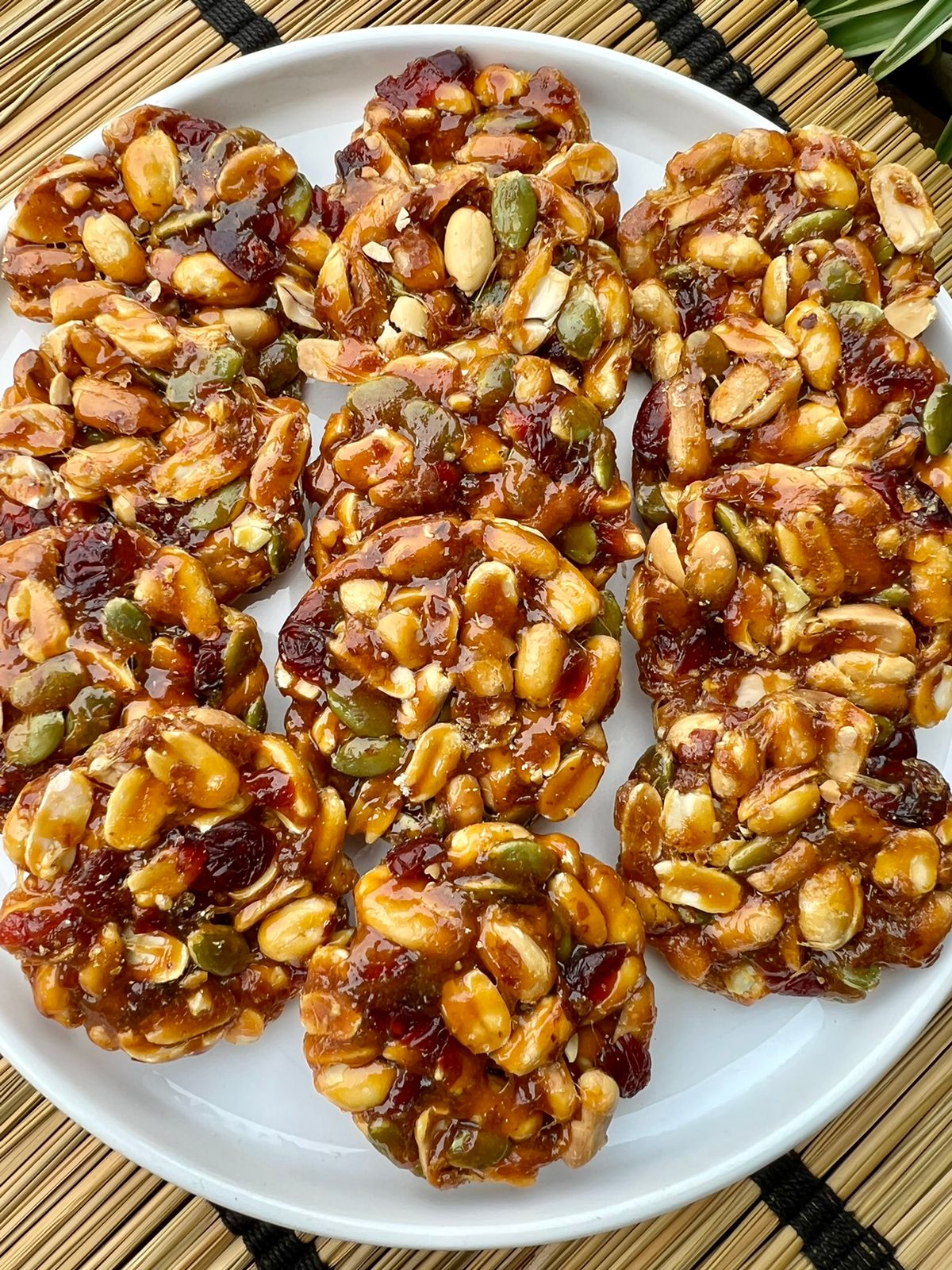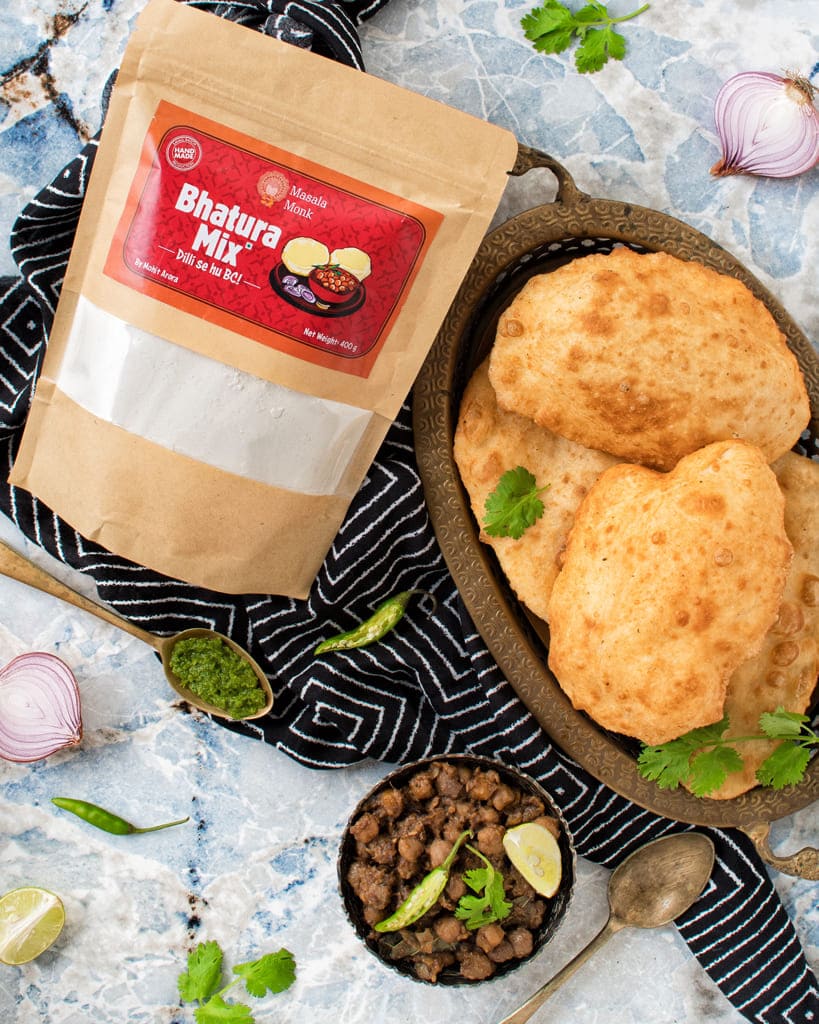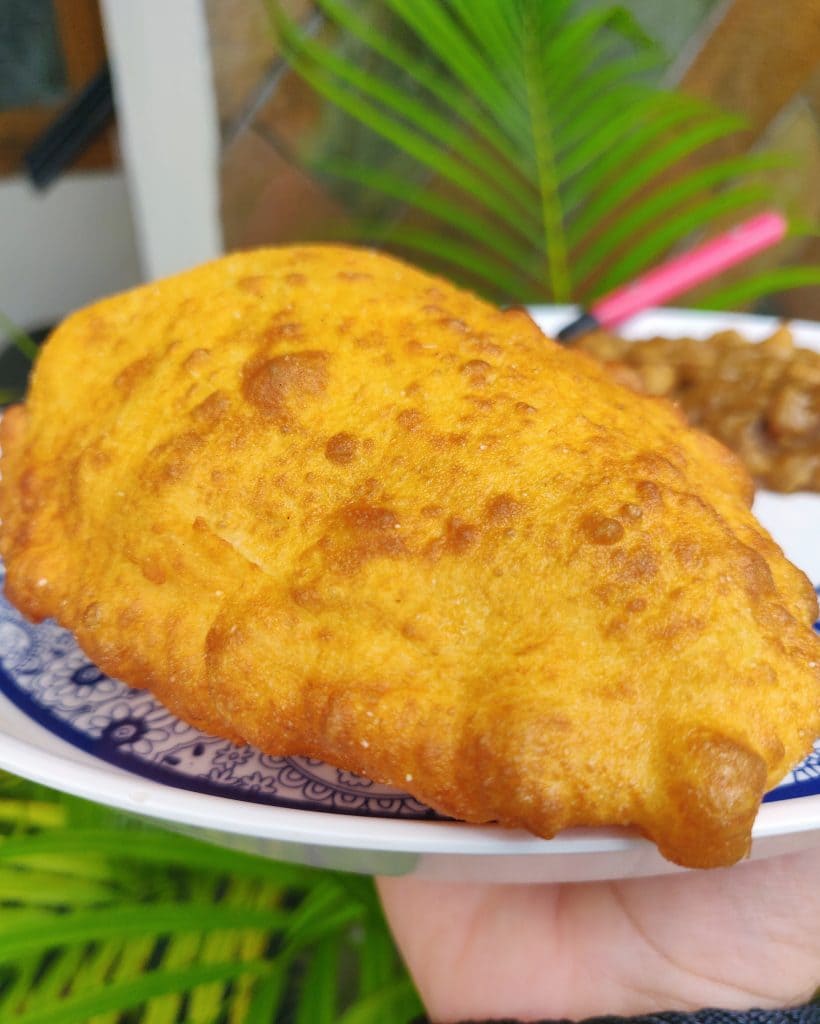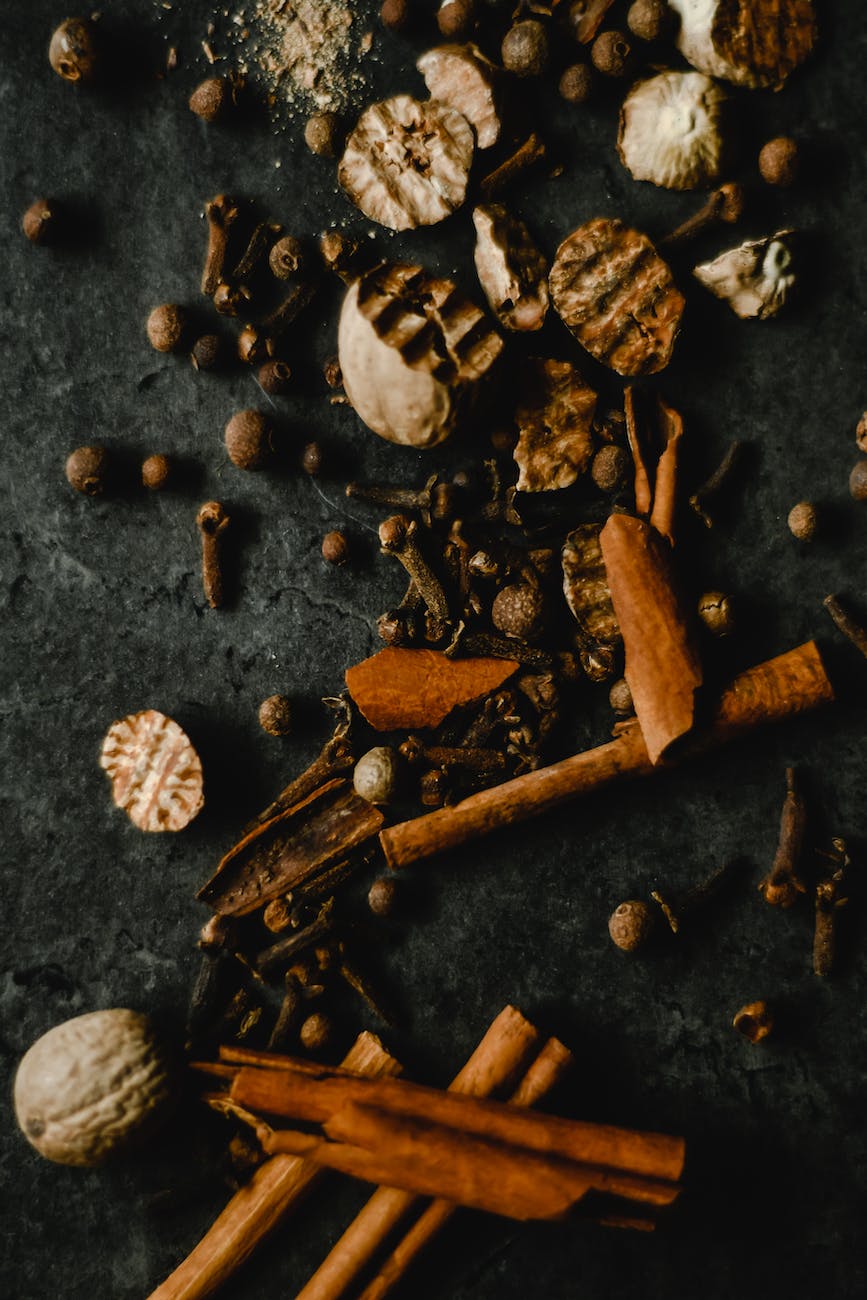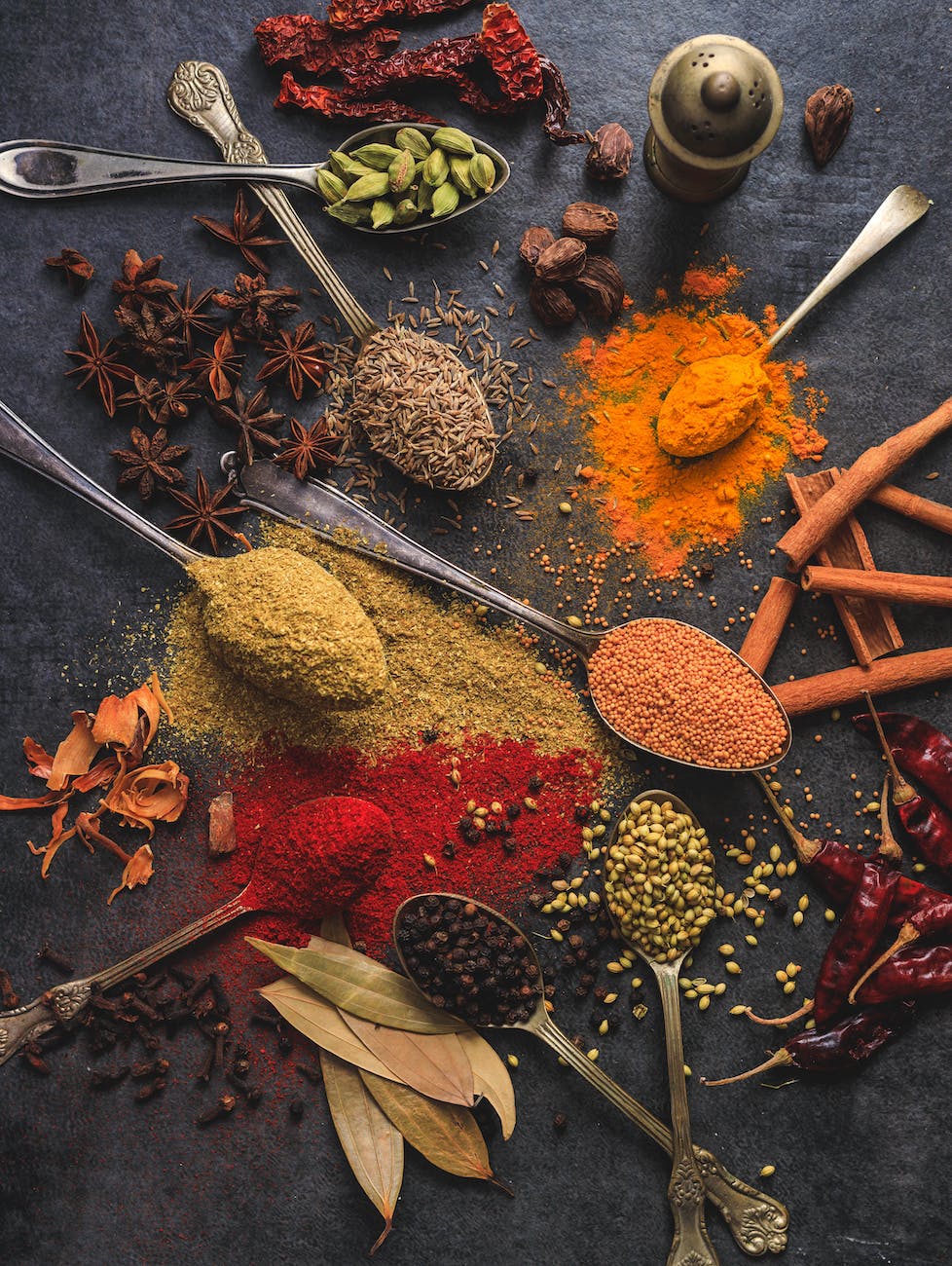
Introduction: Chinese cuisine is renowned for its diverse and aromatic flavors, and one spice blend that stands out is the famous Chinese Five Spice. 🥢🌶️🍚 In this comprehensive blog post, we will take a deep dive into the origins, composition, usage, and variations of this intriguing spice blend, while addressing common questions and misconceptions along the way. Join us on this flavorful journey! And don’t forget to join the vibrant community of food lovers at Eatlo: Facebook Group. Let’s spice up our culinary adventures together!
🌟✨
1. What is Chinese Five Spice made of?
Chinese 5 Spice is a blend of five key spices that create a harmonious balance of flavors. The traditional components include:
- 🌟 Star Anise: Adds depth and sweetness to dishes. Its unique, licorice-like flavor is distinctive and contributes to the complexity of the blend.
- 🔨 Cloves: Contributes warmth and slight pungency. The earthy, sweet, and aromatic notes of cloves bring depth and richness to the spice blend.
- 🌿 Chinese Cinnamon (or Cassia): Provides a sweet and woody flavor. Chinese cinnamon, also known as cassia, has a stronger and more robust taste compared to traditional cinnamon, making it a crucial component of Chinese Five Spice.
- 🌶️ Sichuan Peppercorns: Brings a tingling and numbing sensation to the blend, along with a mild heat. Sichuan peppercorns add a unique and distinctive element to the flavor profile of Chinese Five Spice.
- 🌱 Fennel Seeds: Offers a hint of sweetness and a mild licorice-like flavor. Fennel seeds bring a refreshing and slightly herbal note to the spice blend.
2. What are the 5 Chinese spices called?
The five spices commonly used in Chinese Five Spice are:
- 🌟 Star Anise
- 🔨 Cloves
- 🌿 Chinese Cinnamon (or Cassia)
- 🌶️ Sichuan Peppercorns
- 🌱 Fennel Seeds
3. Why is it called Chinese Five Spice?
Chinese Five Spice is named after the five essential spices it comprises. The number “five” represents the number of key ingredients in the blend. It is a traditional spice combination that has been used in Chinese cuisine for centuries. 🌟🔨🌿🌶️🌱
4. Is Chinese Five Spice the same as Allspice?
No, Chinese Five Spice and Allspice are different spice blends. Allspice, also known as pimento, is derived from the dried berries of the Pimenta dioica plant and has a flavor resembling a combination of cinnamon, cloves, and nutmeg. Chinese Five Spice, on the other hand, has a distinct flavor profile that combines sweet, savory, and slightly spicy notes from its five key ingredients.
5. What is Chinese Thirteen Spice?
Chinese Thirteen Spice, also known as Chinese Thirteen Fragrances, is another spice blend used in Chinese cooking. It consists of thirteen spices and herbs, including the traditional five spices found in Chinese Five Spice, along with additional ingredients such as ginger, cardamom, nutmeg, cloves, and more. This blend offers a more complex and robust flavor profile, enhancing the taste of various dishes. 🌟✨🌿🌶️🌱🌿🌶️🌱🌿🌶️🌱🌿
6. What is 5 spice powder in India?
In India, five-spice powder is known as “Panch Phoron” and is a Bengali spice blend. Panch Phoron typically includes whole seeds of fenugreek, nigella (kalonji), cumin, black mustard, and fennel. The combination of these seeds adds a unique and distinctive flavor to Indian dishes, especially in Bengali cuisine. 🇮🇳🌿🌶️🧂
7. What is Chinese Twelve Spice?
Chinese Twelve Spice is not a widely recognized blend. It may refer to a variation or a regional adaptation of Chinese Five Spice that includes additional spices beyond the traditional five. The specific composition can vary depending on the source and intended use. 🌟✨🌿🌶️🌱🌿🌶️🌱🌿🌶️🌱🌿
8. Is Garam Masala the same as Chinese 5 Spice?
No, Garam Masala is a traditional spice blend used in Indian cuisine, consisting of a combination of warm spices such as cinnamon, cloves, cardamom, cumin, and coriander. It differs from Chinese Five Spice in terms of flavor and composition. 🇮🇳🌿🌶️🌿🌶️🌿
9. Why is Chinese Five Spice so good?
Chinese Five Spice is cherished for its ability to bring a perfect balance of flavors to dishes. The combination of sweet, savory, warm, and slightly spicy notes creates a unique and complex taste profile that elevates various recipes. It adds depth and richness to meats, stir-fries, soups, and even desserts, making it a versatile and beloved spice blend. 🌟🔨🌿🌶️🌱
10. What can replace Chinese Five Spice?
If you don’t have Chinese Five Spice on hand, you can create a substitute using a combination of cinnamon, cloves, star anise, fennel seeds, and Sichuan peppercorns in equal parts. Adjust the proportions according to your taste preferences. 🧂🌟🔨🌿🌶️🌱
11. Is Chinese Five Spice salty?
No, Chinese Five Spice itself is not salty. It is a blend of spices that adds a complex flavor profile to dishes but does not inherently contain salt. However, the final taste of a dish using Chinese Five Spice may vary depending on the other ingredients and seasoning used. 🌟🔨🌿🌶️🌱🧂
12. Is Chinese Five Spice sweet?
Chinese Five Spice does have sweet elements, particularly from the star anise and Chinese cinnamon. However, it is not predominantly sweet. The blend combines various flavor profiles, including sweet, savory, warm, and slightly spicy, to create a well-rounded taste experience. 🌟🔨🌿🌶️🌱🍬
13. What is in Chinese Seven Spice?
Chinese Seven Spice, also known as Shichimi Togarashi, is a Japanese spice blend that typically consists of seven ingredients. These may include chili flakes, Sichuan peppercorns, sesame seeds, dried orange peel, ginger, nori (seaweed), and poppy seeds. It is known for its spicy and slightly citrusy flavor and is often used as a condiment or seasoning in Japanese cuisine. 🌶️🌱🍊🍣
14. Is Japanese Seven Spice the same as Chinese Five Spice?
No, Japanese Seven Spice and Chinese Five Spice are different spice blends. They have distinct flavor profiles and compositions, with Japanese Seven Spice having a spicier and citrusy taste due to the presence of chili flakes and dried orange peel. 🇯🇵🌶️
15. What is 13 spice powder used for?
Chinese Thirteen Spice, or Chinese Thirteen Fragrances, is a versatile spice blend used in Chinese cuisine. It is employed to add complexity and depth of flavor to various dishes, including stir-fries, braises, soups, marinades, and sauces. The additional spices and herbs in this blend enhance the overall taste and aroma. 🌟✨🌿🌶️🌱🍜🥘
16. What is allspice called in India?
Allspice is not native to India, but it is often referred to as “Kababchini” in Hindi. However, it’s important to note that Kababchini is not the same as the spice blend known as Allspice. 🌶️🌱🇮🇳
17. What is the other name for five spice powder?
Five spice powder is commonly known as “Ngũ Vị Hương” in Vietnamese and “Wu Xiang Fen” in Mandarin Chinese. It may also be referred to as “Five Fragrance Powder” or “Five Flavors Powder.” 🌟🔨🌿🌶️🌱
18. Where is the Chinese Five Spice used?
Chinese Five Spice is widely used in Chinese cuisine. It is incorporated into various dishes such as roasted meats, stir-fries, braised dishes, marinades, and even desserts. The flavor profile of Chinese Five Spice adds depth and complexity to the dishes, making it a staple in many Chinese kitchens. 🥢🍛🍖🌟🔨🌿🌶️🌱
Conclusion: Chinese Five Spice is a versatile and beloved spice blend that brings a perfect balance of flavors to dishes. Whether you are exploring traditional Chinese recipes or experimenting with fusion cuisine, Chinese Five Spice is sure to elevate your culinary adventures. Join the vibrant community of food lovers at Eatlo Facebook Group for more culinary inspiration and to share your experiences. Let’s spice up our taste buds together! 🌟🌶️🥢
Blog Tags: Chinese Five Spice, Spices, Flavorful Blends, Culinary Exploration, Chinese Cuisine, Spice Variations, Fusion Cooking, Foodie Community, Eatlo

